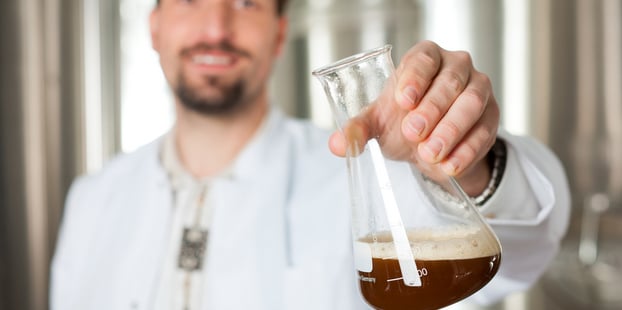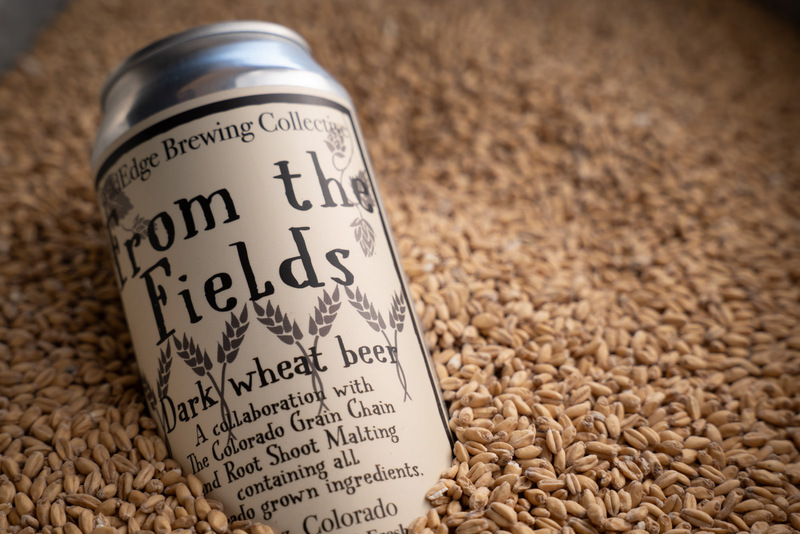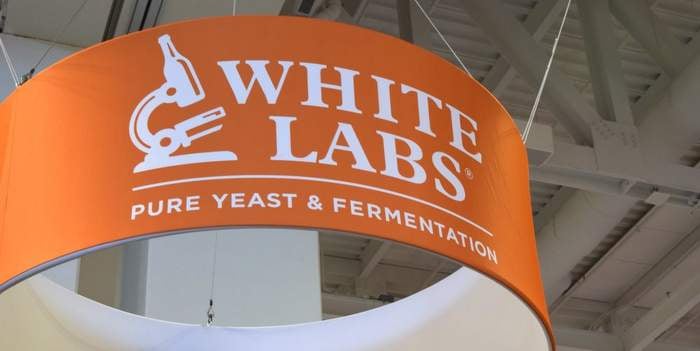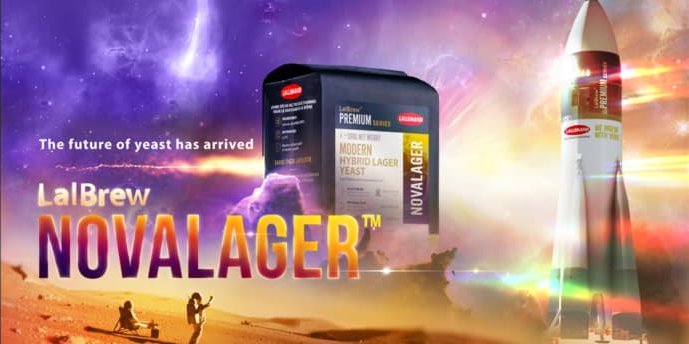
The biodiversity of yeast is an incredibly powerful force capable of not only profoundly shaping the utility of yeast but also is the foundation of a global beer industry estimated by Canadean at more than $700 billion. Indeed, some 450 years ago, a wild yeast strain growing on a beech tree in Patagonia somehow found its way into a cold fermentation tank in Bavaria, ultimately becoming what we now know as lager yeast. Today, Canadean estimates that lager yeast is responsible for more than 90 percent of the world’s two billion hectolitres of annual beer production.
The canonical lager yeast, Saccharomyces pastorianus, is in fact a hybrid of the traditional ale yeast Saccharomyces cerevisiae and the wild yeast Saccharomyces eubayanus, whereby the high fermentative power of S. cerevisiae and the cold tolerance of S. eubayanus merged to produce a hybrid yeast capable of brewing beer at cold temperatures. This striking example of species hybridization and selection paved the way for lagers to become the most popular beer worldwide.
However, what’s popular with the brewing world right now is being “different.” This desire has eroded the dominance of uniform, “industrial” lagers in favor of small-batch craft beers. Given the explosion of craft brewing, brewers are now constantly in search of new and diverse ingredients with which to differentiate their products. To this end, hops, barley and even water are now painstakingly sourced to exacting specifications to generate interesting flavors and aromas.
Yeast, breeding the “other” ingredient
Yeast, however, remains an enigma to most brewers, who tend to ignore it much like in the original German Reinheitsgebot beer purity law. But this is a mistake given yeast’s impressive biodiversity in comparison to other brewing ingredients. Indeed, due to the ease and speed of yeast propagation, the number of untapped Saccharomyces species and the inherent genetic flexibility of yeast, scientists can now develop novel, customized yeast strains to exacting specifications, all using the non-GMO techniques — screening, artificial selection and selective breeding — that are already familiar to hops and barley breeders.
As with beer, the quality of yeast is only as good as its “ingredients”; therefore, finding the right breeding stock is vital for strain development. To this end, Mother Nature is by far the most bountiful source of new biodiversity, which should come as no surprise to brewers familiar with the traditional practice of open fermentation. In this process, the inherent diversity of indigenous wild yeast is utilized to create unique beers; unfortunately, this occurs at the expense of consistency and reproducibility. However, using modern non-GMO techniques, it is possible to isolate these strains and optimize them for the brewery, all the while retaining the traits that make them interesting.
How scientists optimize yeast strains for the brewery is essentially the act of domestication — akin to what ancient agriculturalists have achieved with hops and barley. Wild barley Hordeum spontaneum bears little resemblance to modern malt barley Hordeum vulgare; over the millennia of producing beer, humans have artificially selected barley with high starch content for greater ethanol yield, thin cell walls for efficient milling, and uniform water absorption for fast malting. It is believed that the domestication of S. pastorianus followed a similar pattern and occurred after the initial mating of S. cerevisiae and S. eubayanus. Since repitching has historically been the only method of directly adding yeast to wort, the S. pastorianus strains that were most suited to the brewing lagers survived and were then artificially selected (unknowingly) by being repitched into the next batch of wort.
The evolution of modern non-GMO development techniques
However, modern scientists don’t rely on hundreds of years of random chance to domesticate a new yeast strain. Much like the recent application of selective breeding for high α-acid hops, the selective breeding of yeast involves the directed — yet natural — merging of distinct strains. Choice parent strains are induced to form spores that are then placed together to mate and create a new hybrid yeast with the characteristics of both parents. To further refine specific traits, initial hybrids can be backcrossed to its parents. It is possible this way to produce a selectively bred strain that is similar to a parent strain but with the addition of specific traits. The key to this entire process is a holistic understanding of what the brewer wants from their yeast. With this information and the right background biodiversity, it becomes possible to breed in any trait.
Most, if not all, modern domesticated organisms are a product of selective breeding. For example, these domestication methods were used in 1919 by E.S. Salmon to develop Brewer’s Gold, the ancestor to most modern hop varieties; the “3 Cs” of hops are all hybrids of older parental varieties. Centennial hops in particular result from multiple crosses and are a mix of Brewer’s Gold, Golding, Fuggle and Bavarian varieties. While it took Salmon 15 years to develop Brewer’s Gold, the modern yeast scientist can now produce a novel strain in six to twelve months and in a far more precise and directed manner.
Today, just as Brewer’s Gold was the genesis of the modern explosion in hop varieties, the development of novel yeast strains holds even greater potential for innovation in beer making. It is now possible to create yeast strains that are unique and fully customized for a brewery and its specific requirements in terms of flavor, aroma and performance. Brewers can also “upgrade” their current yeast strains by enhancing flavor, removing defects or optimizing brewing kinetics to streamline the brewing process. Given the impressive range of yeast’s biodiversity and the ingenuity of modern scientists, the potential of beer yeast to undergo a hop-like explosion has now moved beyond theory to become an exciting, new reality.
Jason Hung, MSc., is associate scientific research writer, Zachari Turgeon, MSc., is lead research scientist — yeast innovation and Matthew Dahabieh, Ph.D., is chief science officer at Renaissance BioScience Corp.





[…] This is a follow up to last week’s feature “Brewer’s yeast evolution: Update on modern breeding techniques for craft beer” […]